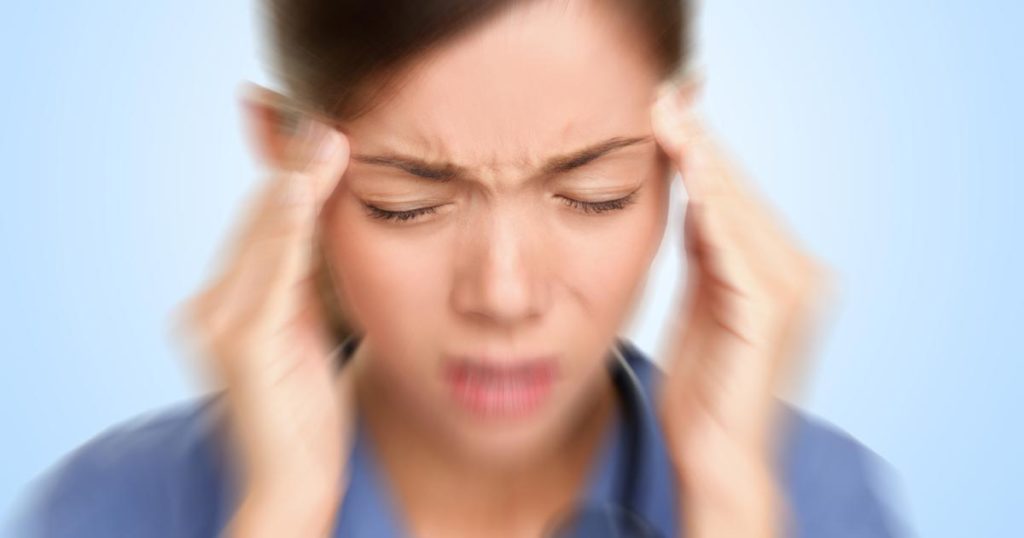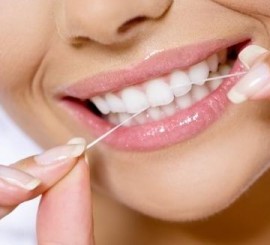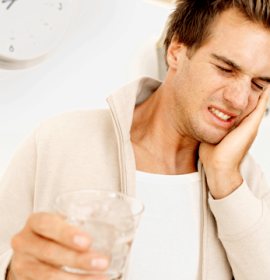
Definition Of A Migraine
Uncategorized
Migraine is a headache with pain that can last from 4 hours to 3 days. With a migraine headache, pain is moderate to severe, pulsating and general occurs on one side of the head.
Migraine can be defined by how often headaches happen.
One type of migraine occurs with fewer than 15 headache days per month, this is referred to as episodic migraine.
The second type is when headaches occur 15 or more days per month with headaches lasting 4 hours or longer, for a least a 3-month period. This is called chronic migraine.
Another form of headaches is an attack of severe pain on one side of the head, last 15 minutes to 3 hours and occurring from once every other day to 8 times a day. This is called cluster headaches.
Over the years, research has determined a connection with migraines headaches and misalignment of the teeth and jaw, or a bad bite alignment. Tooth malocclusion occurs when the upper and lower teeth don’t come together properly, or in a way that’s not in harmony with the proper position of the joint. In addition to major headaches, malocclusions can cause teeth to wear unevenly or break and cause Temporomandibular Joint (TMJ) pain.
Occlusion in a dental context means the contact between teeth. It is the relationship between maxillary (upper) and mandibular (lower) teeth when the come together, typically during chewing or at rest. This dental disorder is one of the more common disorders, yet it is one of the most neglected. The way your teeth fit when the jaw closes or when you are chewing is of significant importance to the long-term health of your teeth.
If teeth interfere with jaw movement, teeth can become loose or tooth enamel can erode. The muscles that move the jaw can do major damage to teeth when the biting surfaces don’t fit together properly.
This problem can be compounded because when teeth interfere with muscle patterns, the jaw muscles will attempt to “wear away” the part of tooth that are compromising these muscle patterns. This phenomena can lead to more severe tooth wear, may crack or even split a tooth. It can also loosen a tooth, which may cause it to move out of alignment. The excessive muscle activity often results in pain in the muscle itself and all of the jaw muscles can become sore and agitated including the temporal muscles that are the source of many tension and migraine headaches.
If the back teeth interfere with jaw movement, the muscles that move the jaw forward and back become hyperactive and tense. The temporal muscles at the side of your head can become painful from this hyperactivity. A bad bite is a common trigger for many tension and migraine headaches. Correction of the bite and jaw alignment normally eliminates and reduces intensity of headaches.
Visit Dr.Nechupadam Dental, Marine Drive for getting a relief from hectic pain.






